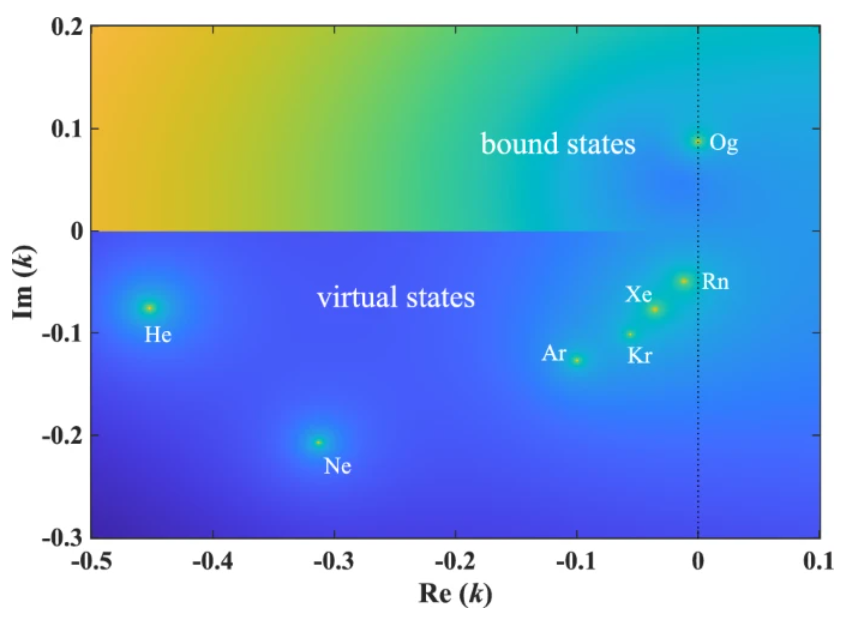EPJ D Highlight - Bound and virtual states in low-energy electron and positron scattering
- Details
- Published on 27 June 2025

New mathematical approach confirms that low-energy charged particles can briefly bind to atoms or molecules
So far, it has remained an open question whether moving charged particles can briefly form bound states with neutral atoms and molecules. In previous experiments, researchers observed enhanced positron annihilation at energies corresponding to specific vibrational modes in neutral molecules, which they interpreted as evidence that the positrons were briefly bound. Until now, however, this interpretation has not yet been corroborated through other scattering observables.
Through new research published in EPJ D, Kamil Fedus and Grzegorz Karwasz at Nicolaus Copernicus University, Poland, present a new method for estimating the energies of both bound and virtual states of low-energy charged particles from elastic scattering cross-sections. Their approach confirms previous theoretical predictions about the formation of bound and virtual states during the scattering of these particles—helping physicists better understand how the scattering process unfolds.
When in a bound state, a charged particle like an electron or positron becomes trapped within an atom or molecule. In a virtual state, the particle is almost trapped, but scatters away almost immediately—never forming a true bound state. If either of these states forms when charged particles interact with neutral atoms or molecules, it can strongly affect the scattering process at low energies.
To explore this possibility, Fedus and Karwasz applied a combination of mathematical techniques that utilise the analytic properties of the attractive polarisation interaction between incoming electrons and positrons, and the neutral atoms and molecules from which they scatter. They then validated their method by comparing their calculations with established theoretical and experimental data.
Fedus and Karwasz applied their approach to positron scattering from large hydrocarbon molecules, and to electron scattering from heavy noble gas atoms. In each case, their results demonstrated that bound and virtual states do form and confirmed the energies of these states from previous studies. Additionally, they provided the first estimate of the binding energy between an electron and an atom of oganesson: the heaviest and most recently discovered element on the periodic table.
Fedus, K., Karwasz, G. Semi-empirical prediction of bound and virtual states in low-energy positron and electron scattering by atoms and molecules. Eur. Phys. J. D 79, 43 (2025). https://doi.org/10.1140/epjd/s10053-025-00994-z




